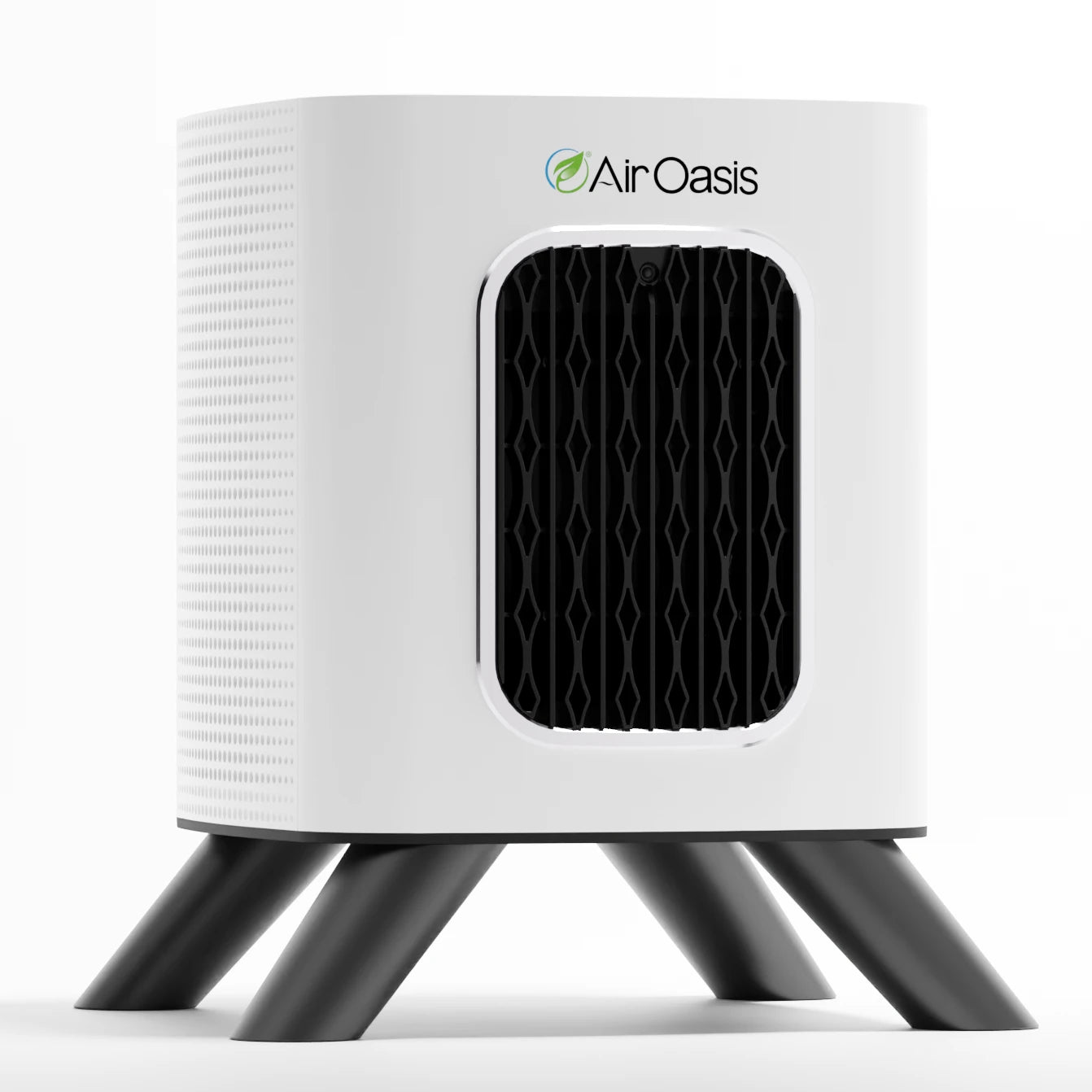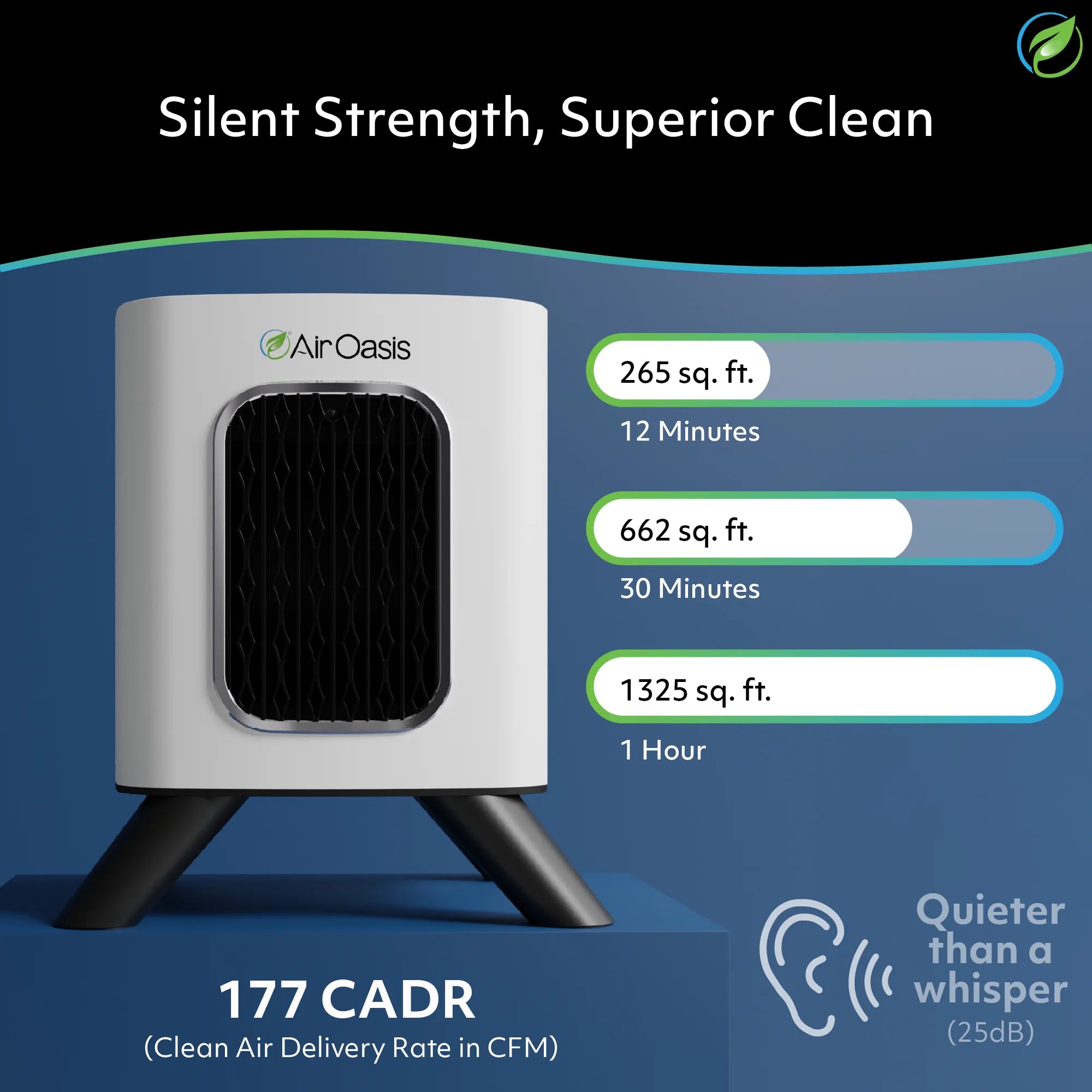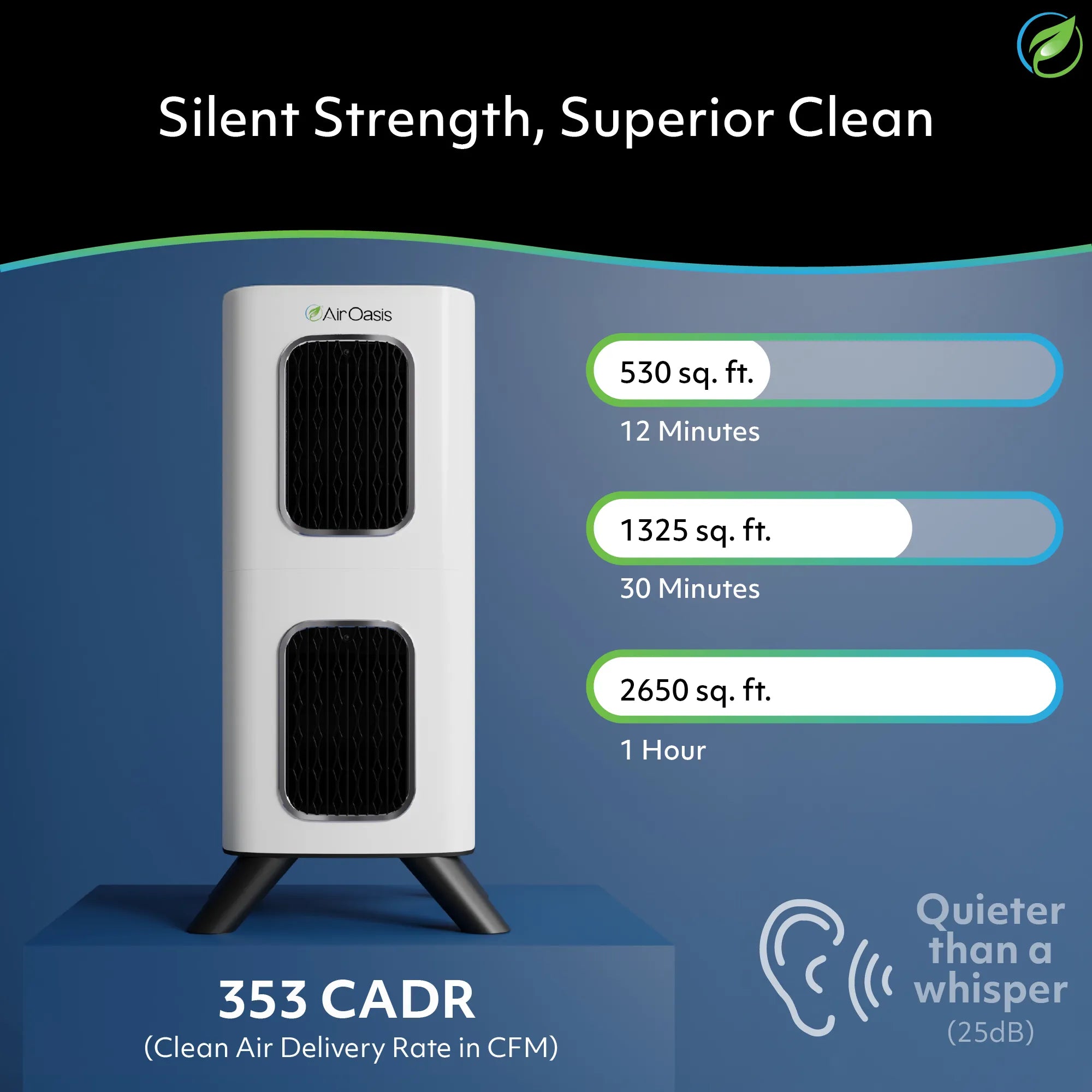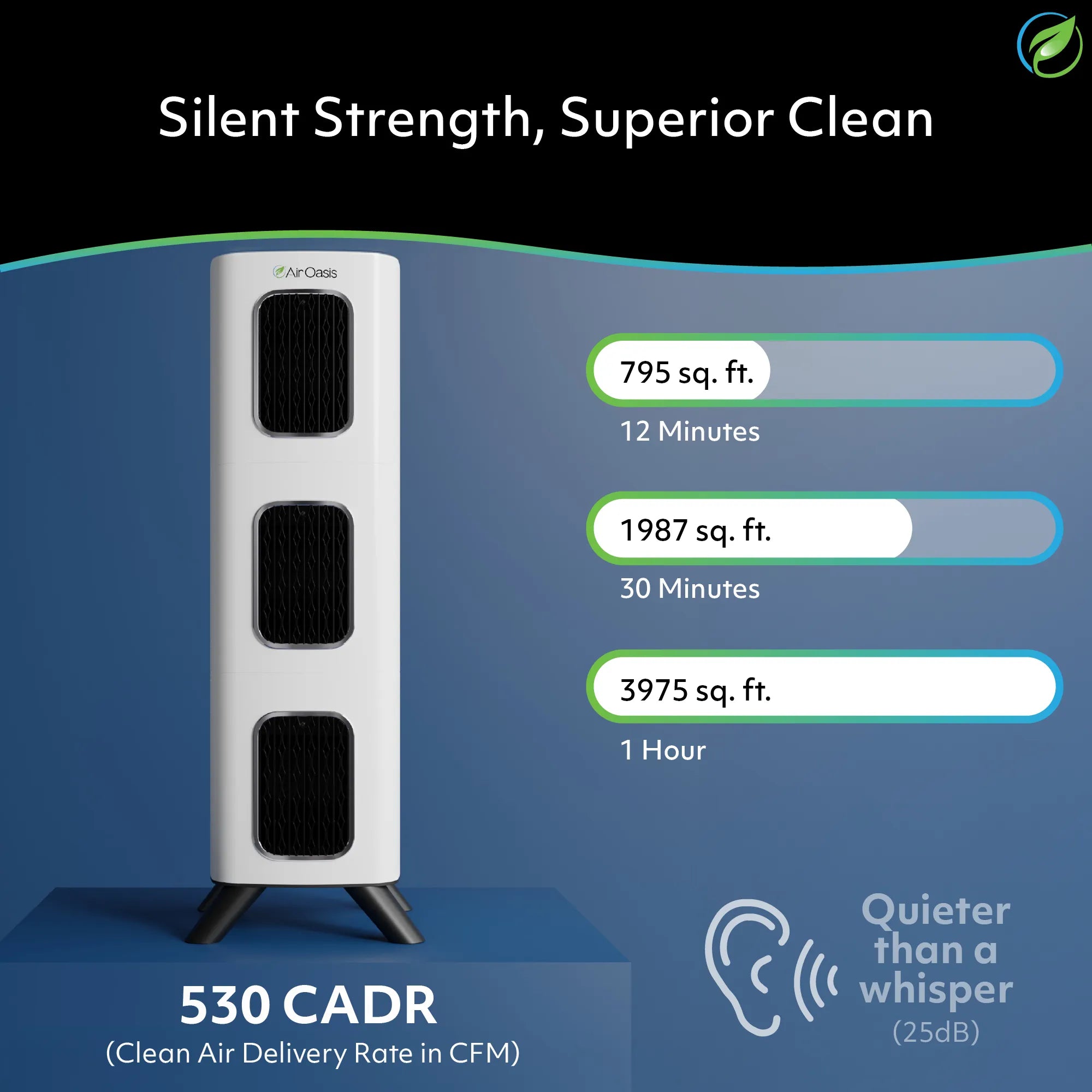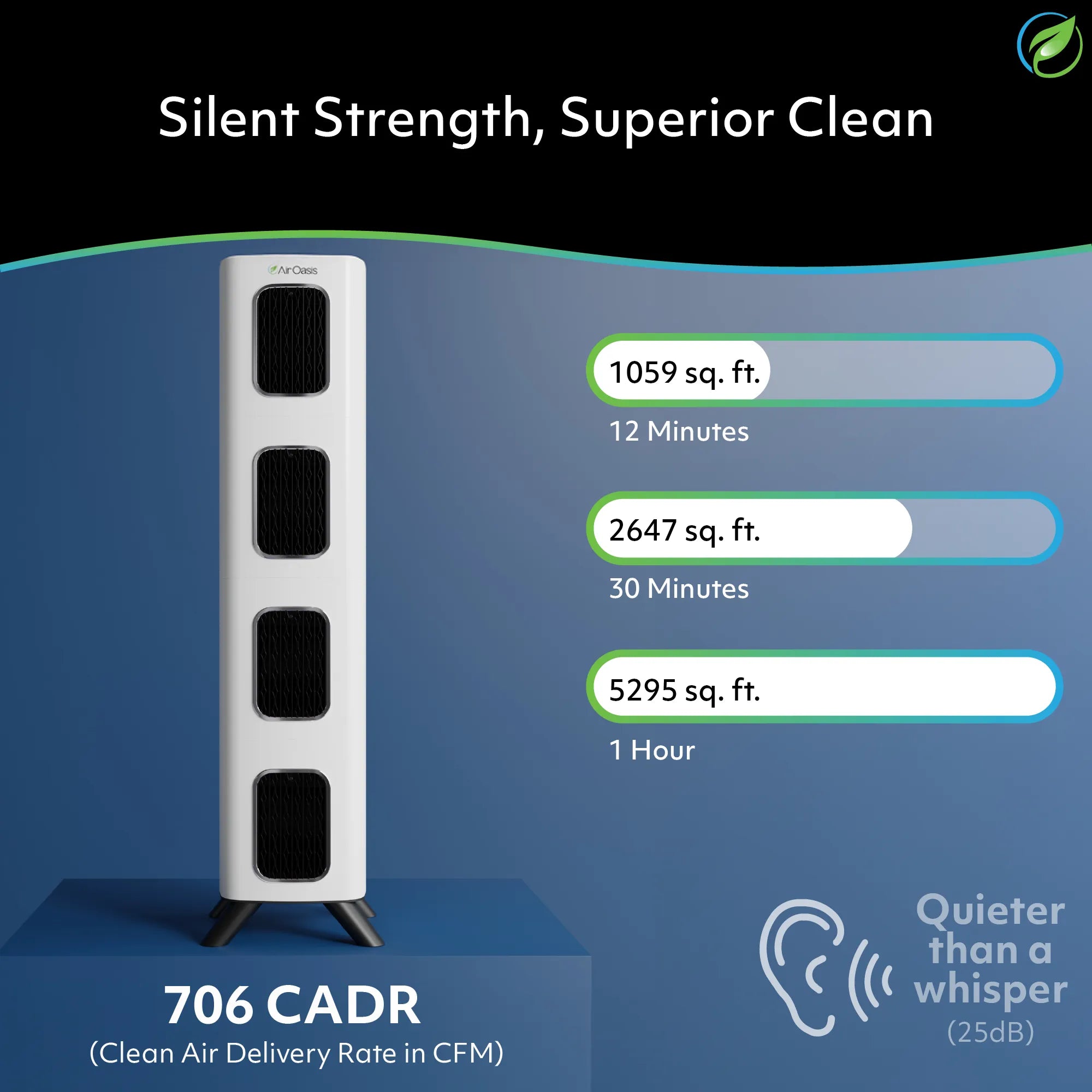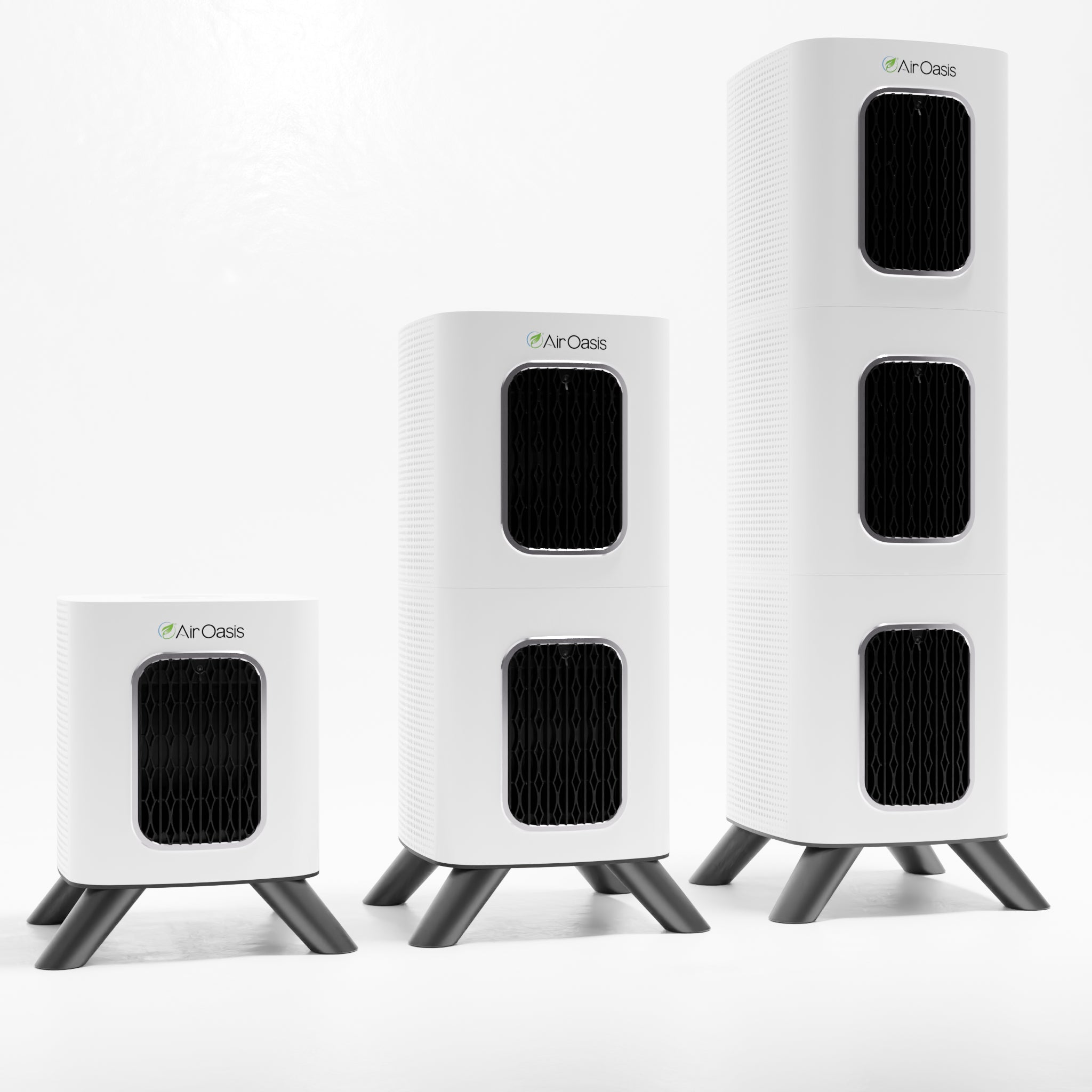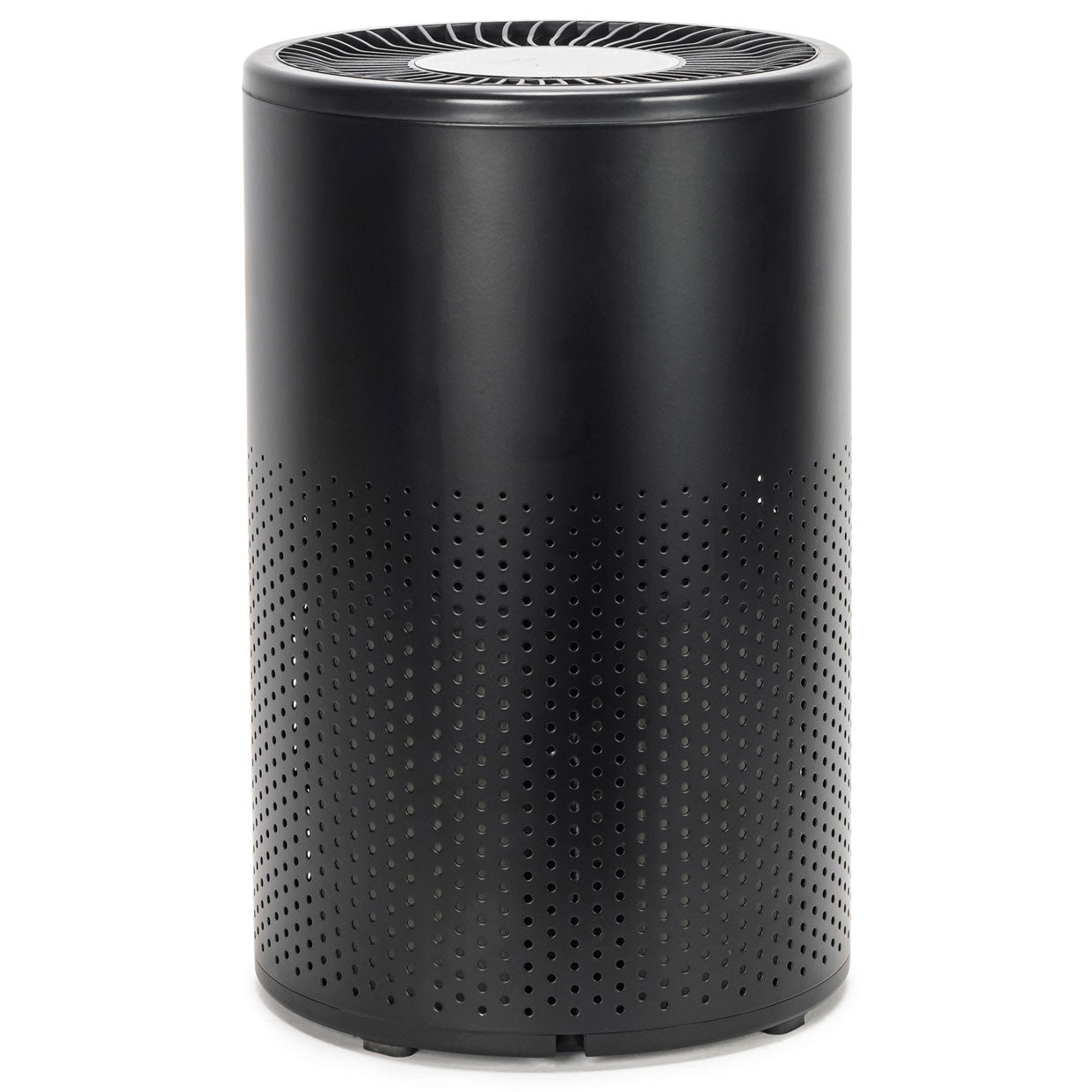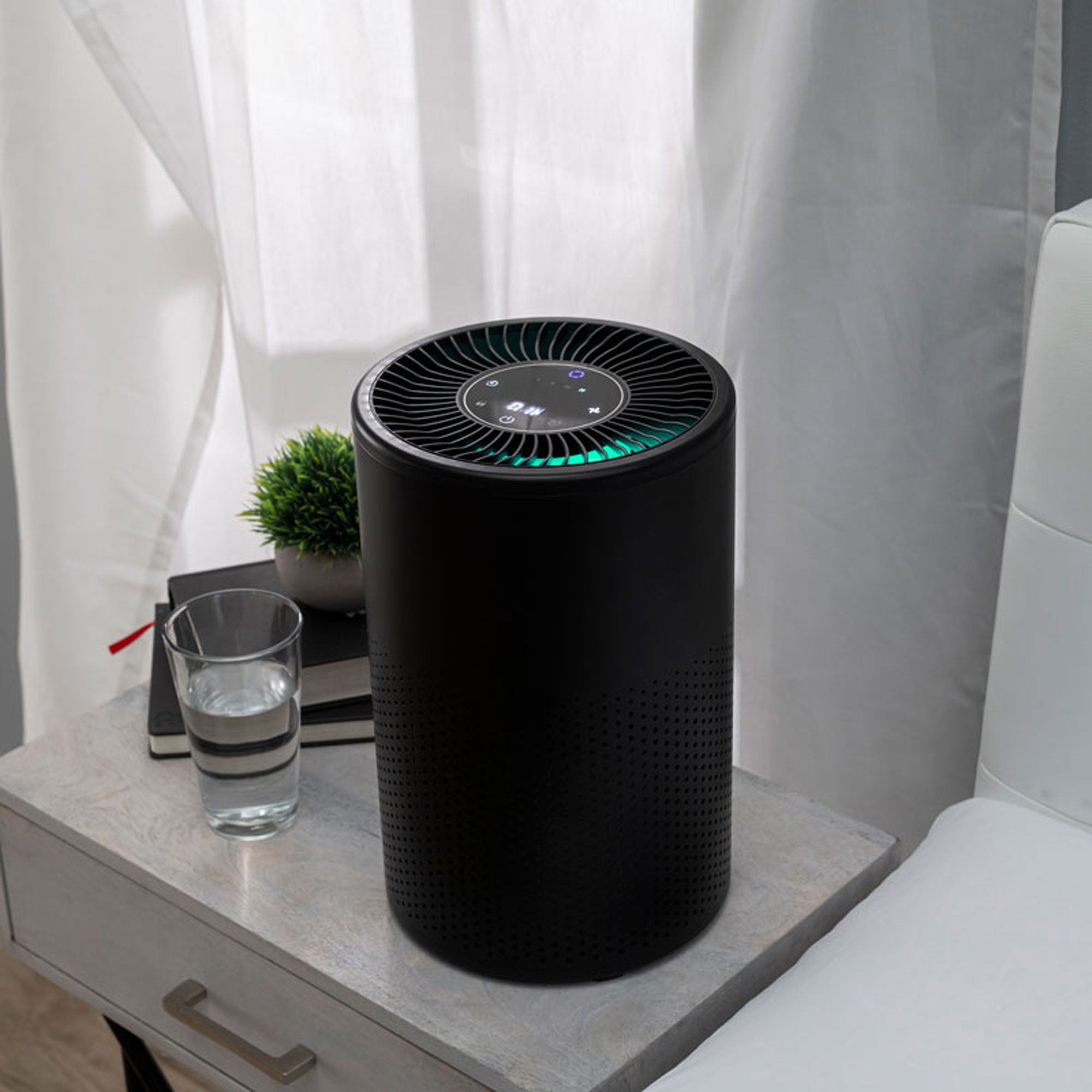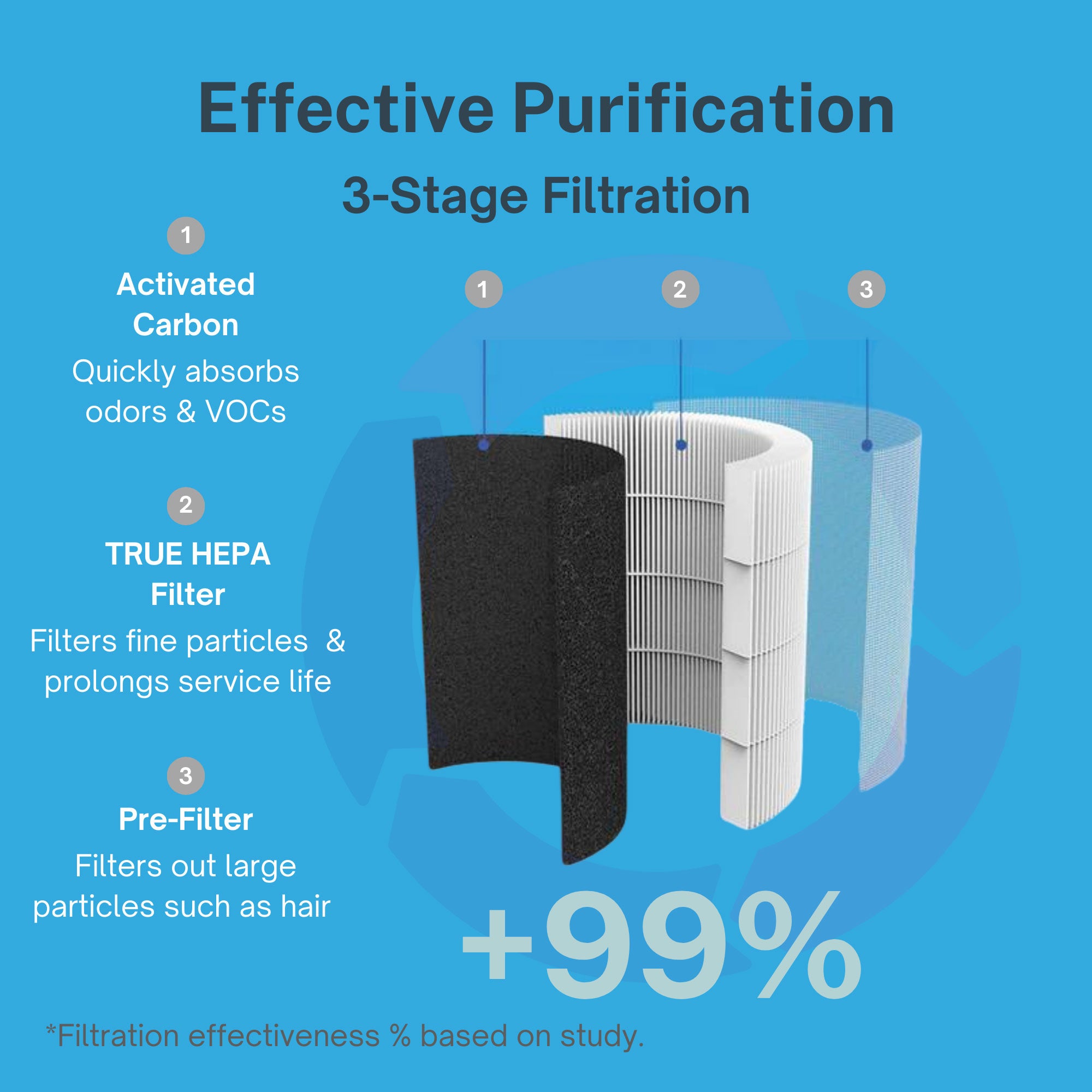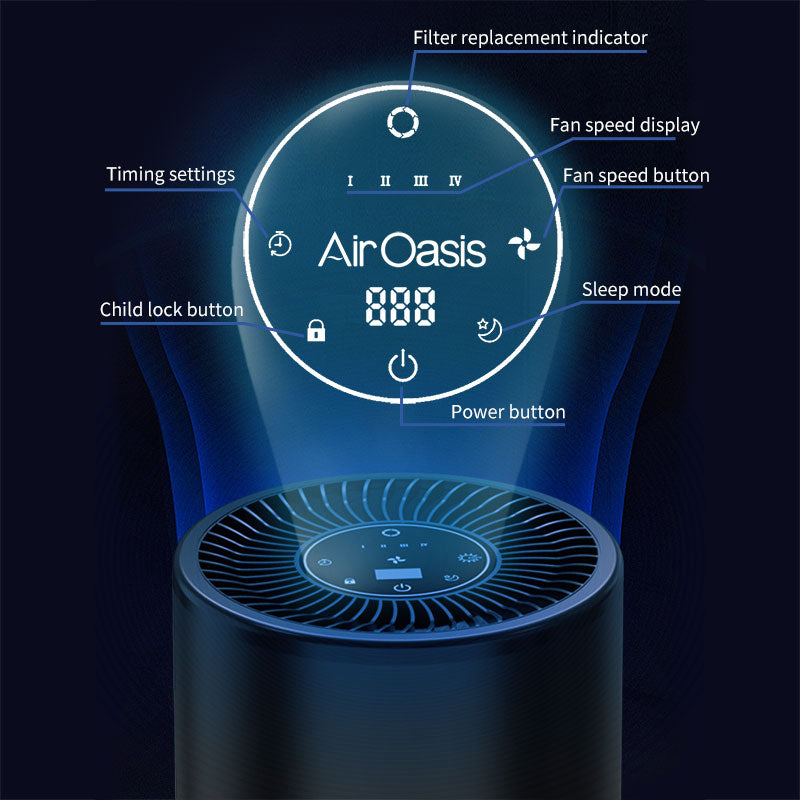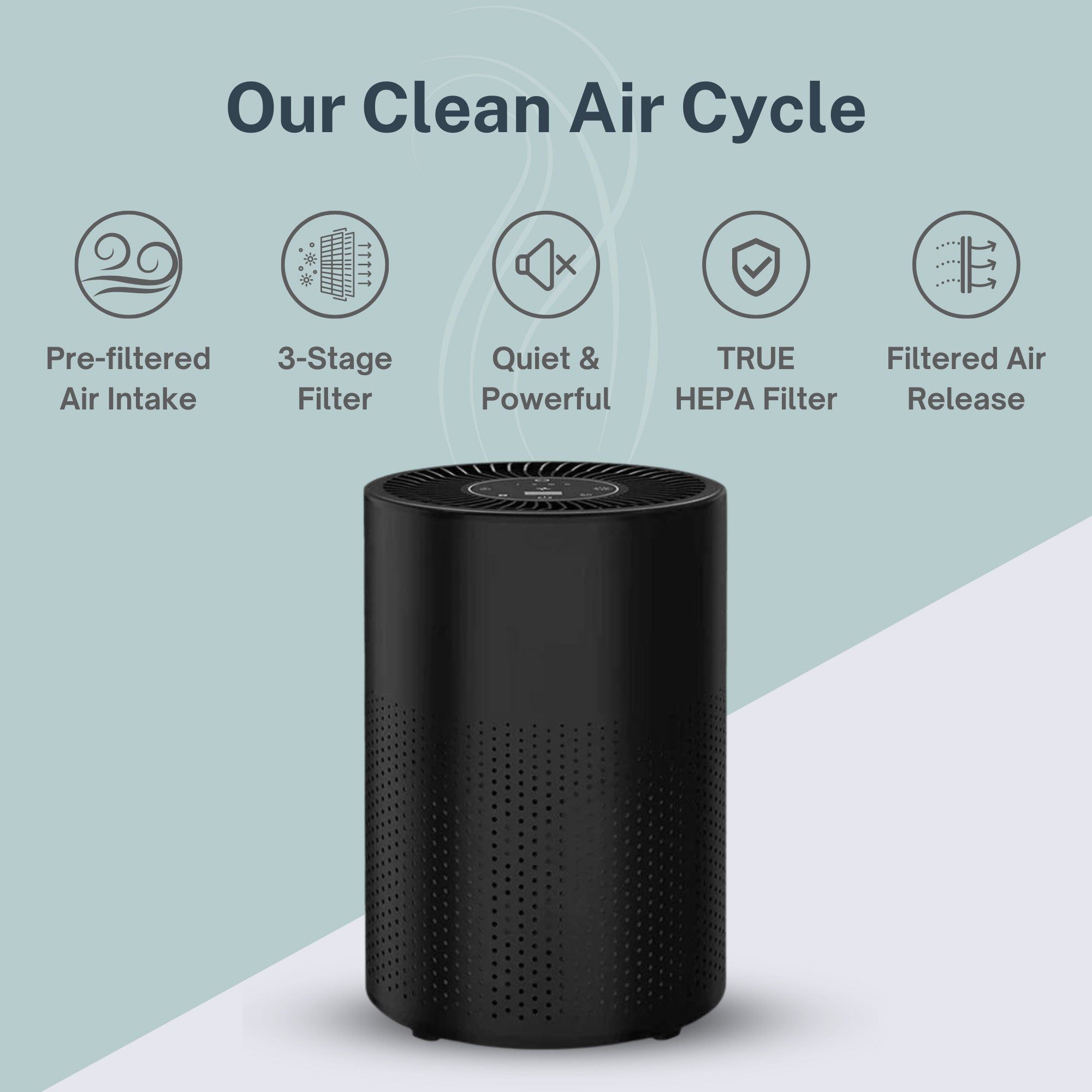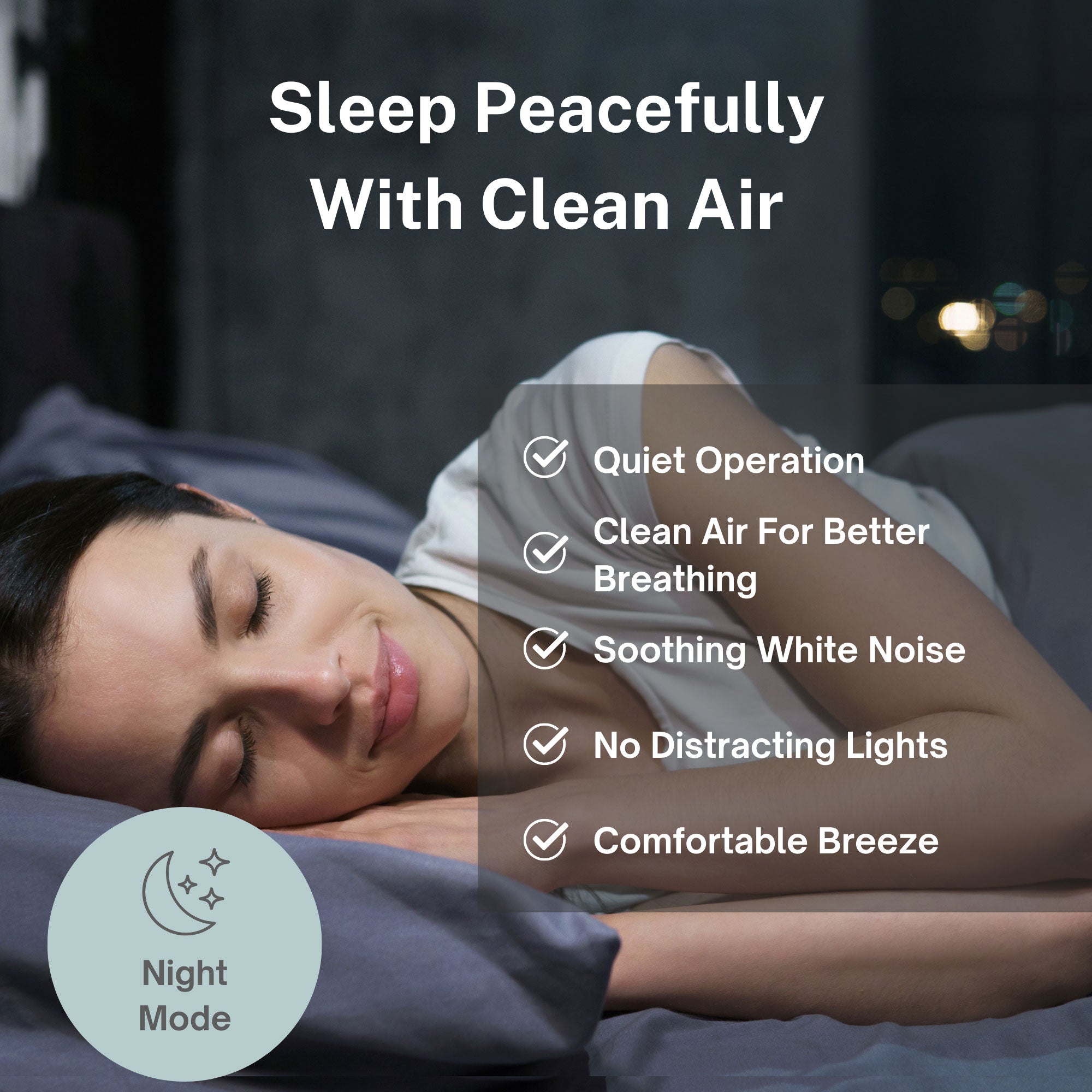The World Health Organization reported in October 2024 that outdoor air pollution caused 4.2 million premature deaths worldwide in 2019, with 89% of these fatalities occurring in low- and middle-income countries. The staggering mortality figures revealed that 99% of the global population lived in areas where WHO air quality guidelines were not met, making air pollution one of the greatest environmental risks to human health across all income levels.
The WHO data demonstrated that cardiovascular disease represents the primary cause of air pollution deaths, accounting for 68% of premature fatalities through ischemic heart disease and stroke. Chronic obstructive pulmonary disease and acute lower respiratory infections each contributed 14% of deaths, while lung cancers caused 4% of air pollution-related mortality, highlighting the systemic health impacts of breathing contaminated air.
Fine Particulate Matter Drives Global Health Crisis
Fine particulate matter emerged as the primary killer in outdoor air pollution, penetrating deep into the respiratory system and entering the bloodstream to cause cardiovascular disease, respiratory illness, and cancer throughout the body. The WHO analysis identified particulate matter as containing sulfates, nitrates, ammonia, sodium chloride, black carbon, mineral dust, and water that create complex chemical mixtures affecting multiple organ systems.
The South-East Asia and Western Pacific regions experienced the greatest burden of air pollution deaths, reflecting the concentration of industrial activity, urbanization, and limited pollution control infrastructure in these rapidly developing areas. The geographic distribution of deaths underscored how economic development patterns without adequate environmental protection create disproportionate health impacts.
Carbon monoxide, nitrogen dioxide, sulfur dioxide, and ground-level ozone comprised additional major pollutants contributing to the global health crisis. These gases, produced primarily through fossil fuel combustion in transportation, industry, and power generation, create toxic atmospheric conditions that affect billions of people daily.
The WHO findings revealed that air pollution ranks as the second highest risk factor for noncommunicable diseases, positioning environmental contamination as a leading preventable cause of death that rivals traditional health threats like tobacco use and poor nutrition.
Policy Solutions Require Coordinated Action Across Sectors
Addressing outdoor air pollution demands comprehensive policy interventions across energy, transportation, urban planning, industry, and waste management sectors rather than individual behavioral changes. The WHO emphasized that most pollution sources lie beyond individual control, requiring coordinated government action at local, national, and regional levels to protect public health.
Industrial pollution control through clean technologies and improved smokestack emission management represents one critical intervention area. Enhanced urban and agricultural waste management, including methane capture from waste sites for biogas production instead of incineration, offers additional pollution reduction opportunities with economic benefits.
Transportation sector transformation through clean power generation, rapid urban transit systems, walking and cycling infrastructure, and cleaner vehicle technologies provides substantial air quality improvement potential. Shifting to low-emissions vehicles and reduced-sulfur fuels while prioritizing rail transport for freight and passenger travel can significantly reduce urban air pollution.
Urban planning strategies focused on energy-efficient buildings, compact city design, and increased green spaces create healthier environments while reducing overall energy consumption. Power generation transitions to renewable sources like solar, wind, and hydropower eliminate major pollution sources while supporting climate change mitigation goals.
Health Sector Leadership Drives Environmental Protection
The WHO response framework positions health professionals as leaders in air pollution reduction efforts, leveraging medical authority to advocate for environmental policies that protect public health. Health sector engagement proves essential for building political support for pollution control measures that may face economic opposition.
Healthcare facilities themselves can demonstrate environmental leadership through low-carbon development paths that reduce operational emissions while maintaining quality patient care. These institutional examples provide models for broader community adoption of clean energy and sustainable practices.
Health impact assessments enable medical professionals to quantify the benefits of pollution reduction policies, providing concrete evidence for policy makers evaluating environmental protection investments. These assessments translate abstract environmental benefits into measurable health outcomes that justify regulatory action.
The WHO's coordinated approach through knowledge building, institutional capacity development, and leadership coordination creates comprehensive support for countries addressing air pollution challenges. This multi-faceted strategy recognizes that successful pollution reduction requires technical expertise, political will, and sustained institutional commitment.
Indoor Air Quality Becomes Critical Protection Strategy
While outdoor air pollution requires large-scale policy solutions, individuals and families cannot wait for comprehensive environmental reforms to protect their health from daily pollution exposure. Indoor air quality management provides immediate protection from the fine particulate matter and toxic gases that cause millions of premature deaths annually.
Standard home ventilation systems prove inadequate for removing the complex mixture of pollutants identified by WHO as primary health threats. Fine particulate matter, nitrogen dioxide, sulfur dioxide, and other toxic compounds infiltrate buildings through normal air exchange, creating indoor health risks even when people remain inside.
Professional-grade air purification systems offer comprehensive protection against the specific pollutants WHO identified as causing cardiovascular disease, respiratory illness, and cancer. Advanced filtration technology can remove fine particulates while neutralizing toxic gases that standard filters cannot address.
The WHO emphasis on protecting vulnerable populations including children, elderly individuals, and those with pre-existing health conditions makes indoor air quality management especially important for families with increased health risks from pollution exposure.
Global Air Quality Guidelines Provide Health Protection Framework
WHO's Global Air Quality Guidelines establish evidence-based thresholds for key pollutants that pose health risks, offering countries specific targets for protecting public health through environmental policy. The guidelines include interim targets that enable gradual improvement while providing immediate health benefits.
Achieving just the first interim target for particulate matter could prevent approximately 300,000 deaths annually worldwide, demonstrating how incremental air quality improvements deliver substantial public health benefits. These guidelines provide measurable goals for evaluating pollution control policy effectiveness.
The WHO framework includes qualitative guidance for managing pollutants like black carbon, ultrafine particles, and dust storm particles where quantitative evidence remains insufficient for specific guidelines. This comprehensive approach addresses the full spectrum of air pollution health threats.
International adoption of WHO air quality guidelines creates global standards that support coordinated pollution reduction efforts while enabling countries to measure progress against evidence-based health protection targets.
Take Control of Your Air Quality Today
The WHO report confirms that air pollution represents one of the world's most serious public health crises, causing millions of preventable deaths annually through cardiovascular disease, respiratory illness, and cancer. While comprehensive solutions require coordinated policy action across multiple sectors, families cannot wait for large-scale environmental reforms to protect their health.
The evidence is clear: breathing polluted air causes serious health consequences that affect multiple body systems and increase risks of premature death. However, individuals can take immediate action to protect themselves and their families through comprehensive indoor air quality management that addresses the specific pollutants WHO identified as primary health threats.
Take control of your indoor air quality today and create the clean, healthy environment your family needs to thrive despite outdoor pollution challenges. Invest in professional-grade air purification that removes fine particulates, toxic gases, and other pollutants that threaten your long-term health and wellbeing.





